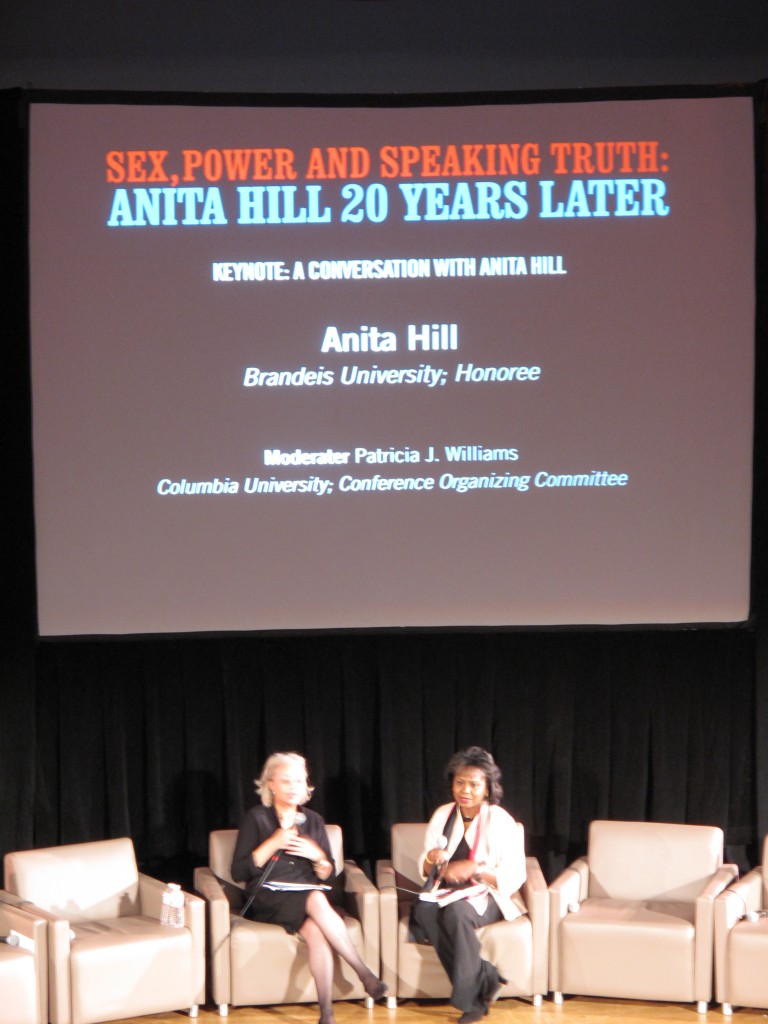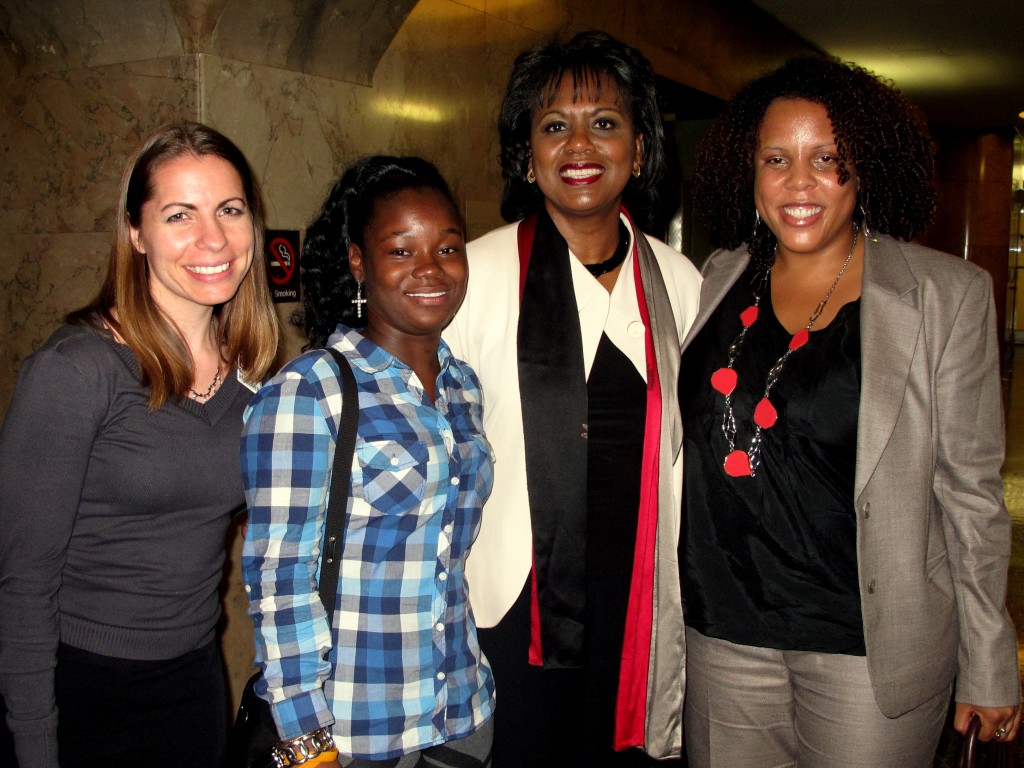I’ve dealt with sexual harassment since the beginning of high school. I am in my last semester of college and recently, it has been more frequent and worse.
At my school, I am constantly harassed when I go out by cat calls and demeaning comments from my male classmates. I have had classmates of mine contact me via facebook to hook up and have sex. When I am out with my friends, men have grabbed my ass.
A couple of weekends ago I went to ISU to visit my friend’s sister. When we went out I was disrespected by three different men. The second said derogatory statements and called me a bitch. The third tried to shove food in my mouth and when I refused to let a stranger shove food in my face, he took the food and threw it in my face while telling me to suck his dick.
I was devastated after that weekend.
I feel uncomfortable dressing up and going out at colleges and universities. I am suffering greatly from this constant abuse . People know me to be a very strong person and it is hard to stand up for myself time after time with no support.
– Alpha
Location: ISU and SJC
Share your street harassment story today and help raise awareness about the problem.
Find suggestions for what YOU can do about this human rights issue.



